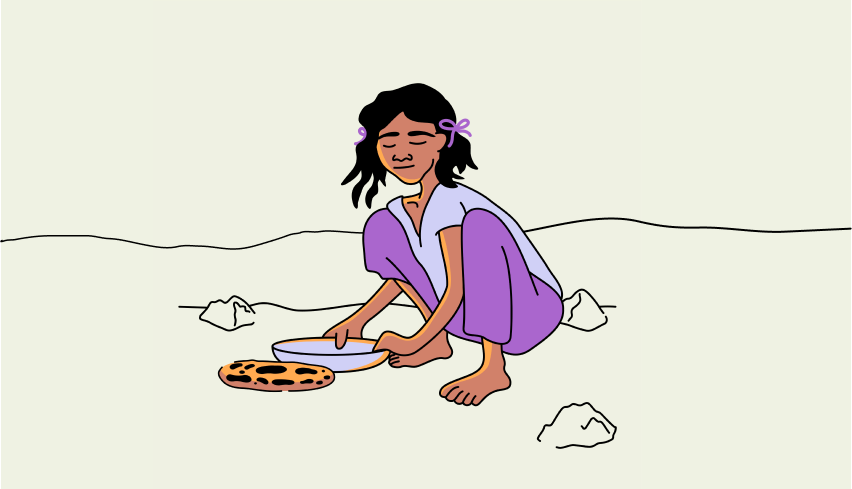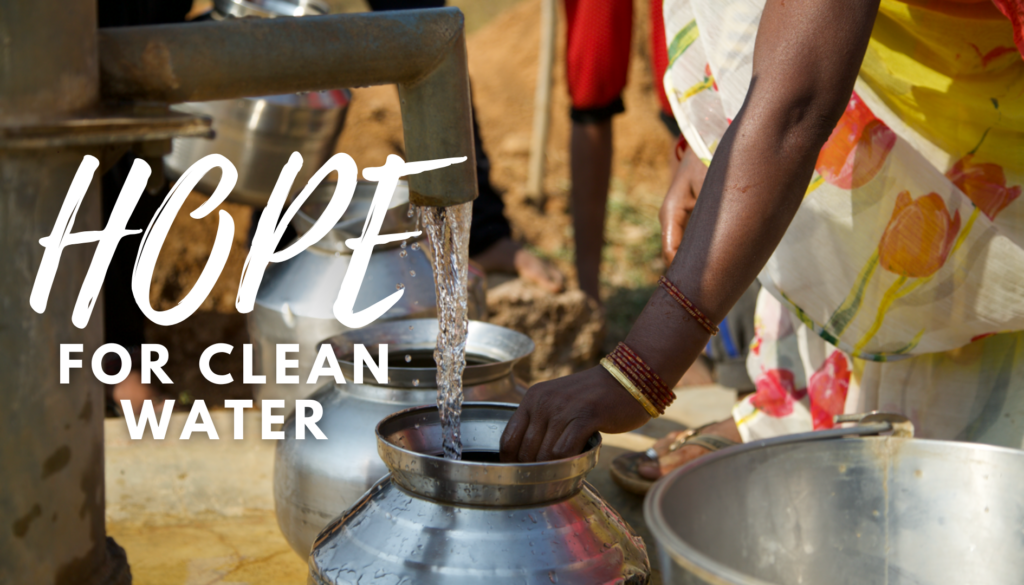By: SOS International
Right now, 2.2 Billion people lack access to safe drinking water. This is a daunting statistic that we are sure you’ve heard before. The number of people lacking basic needs is astounding, and questions can undoubtedly arise with so many people needing clean water. Seeing the problem’s size may make you wonder, “Is clean water for all a goal that can be reached? Is there any hope for water scarcity?” With a growing world population and factors like wars, droughts, and environmental challenges, the water crisis is one of the world’s greatest challenges. Although challenging, we see many reasons to hope for clean water.
The truth of the matter
Global estimates from the UN state that at the current rate, by 2050, at least half of the world’s population will be affected by water scarcity. The ever-growing world population will stress the already challenging water crisis more. At the same time, unpredictable events jeopardize the water supply, as evidenced in the US by the ongoing Flint, Michigan crisis or the recent water contamination in Ohio. These unpredictable events happen all over the world every day. As you can see, the unpredictability of our world, mixed with the world’s population growth, creates unique challenges. So why do we remain hopeful for our world’s water situation?
Things to consider
It’s hard to remain hopeful when bombarded with bad reports from around the world. But one major factor to consider is that although the challenges may increase, so are the people becoming aware of the problem and taking action. Awareness is growing for clean and accessible water, and here at SOS, we always want to encourage the kind of awareness that turns into action. Countless people, nonprofits, and local care networks are taking this awareness and action worldwide.
We are also encouraged by the financial return on water investments. The UN states that every dollar invested into water and sanitation can have anywhere from $4 to $9 in return from lower health costs, more productivity, and fewer premature deaths. These are just a few reasons why we still believe the goal of clean water for all is achievable, but we also believe that hope is essential to this fight.
A Certain kind of hope is needed
Hope has a role to play in ending the water crisis. The hope we are discussing here does not grow from the evidence of progress; this kind of hope is proactive, disruptive, and resilient. Proactive hope moves us to have hope before seeing evidence of change. This hope stems from a deep-seated belief that change can and will happen. Proactive hope keeps you grounded when results take a while to see and encourages you to continue working towards the goal. Proactive hope is a commitment to being a carrier of hope in your community. Part of that commitment is being ready for opportunities to spread and embody hope, even when it disrupts your plans.
A hope that is disruptive is a hope that disrupts patterns, both in the communities involved and in the lives of people who respond. Allowing oneself to be disrupted, whether in your agenda or your comfort, opens a door of opportunity to see others and take action. Disruptive hope means letting gut-wrenching or uncomfortable situations, like water scarcity, move you to take action instead of ignoring it without engaging. We need the disruptive nature of hope because it keeps us from being complacent. This kind of work also has to be paired with resiliency.
Resilience is an essential aspect of the hope needed to see solutions for challenges like the world water crisis. Hope that is resilient is vital to communities because it helps them remain strong when challenges arise. This kind of hope can take the hits and gets back up, unwavering in belief and unwilling to give up. Resilience is the aspect of hope that inspires grit, which may be something we wouldn’t associate with hope. When resilient hope is present, it strengthens communities for the long haul.
Hope is intangible yet powerful. Although we see glimpses of improvement around us, it can take time to see it all. What we know for sure is that hope is alive, and it is needed. Without hope, seeing an end to the water crisis will feel impossible – almost to the point where it can paralyze people from taking action. But because of communities committed to carrying hope and taking action like this one, we know clean water for all is a goal we can reach.
World Water day is coming up on March 22. You can celebrate with us and turn your awareness into action by giving the gift of hope and clean water! To learn more about how you can make an impact, click here.






